I’ve been thinking about Wordstock, Portland’s annual orgy of wordsmithery, which runs Oct. 10-11 at the Oregon Convention Center.
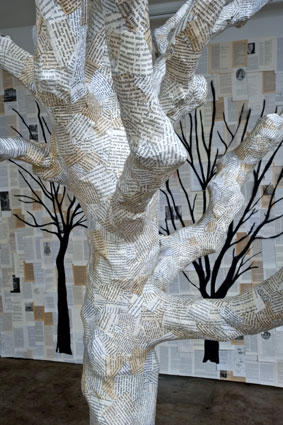 Lots and lots of good writers will be showing up: Glad, for instance, to see that Sherman Alexie‘s finally making the party, and so soon after nabbing the National Book Award for his first young-adult novel, the wrenching and funny Absolutely True Diary of a Part-Time Indian.
Lots and lots of good writers will be showing up: Glad, for instance, to see that Sherman Alexie‘s finally making the party, and so soon after nabbing the National Book Award for his first young-adult novel, the wrenching and funny Absolutely True Diary of a Part-Time Indian.
There’s a lot more to Alexie’s book than its few short passages on the art of manly self-delight, but those glowing paragraphs are going to help keep Part-Time Indian in a sort of Holden Caulfield furtive page-flipping, perennial-sales mode for a long time to come.
And I’ve been thinking about another annual people’s celebration of the arts, Portland Open Studios, which runs the same weekend as Wordstock and one more, too — Oct. 10, 11, 17 and 18. Entering its tenth year (Wordstock’s half that age) Portland Open Studios throws the doors open to 100 artists’ studios across the city and invites anyone who’s interested for a tour of the stage shop behind the scenes. For people struck dumb with the dreaded Fear of Galleries, this can be a reassuring and fascinating way to get inside the visual arts scene, to see the everyday workings of everyday working artists, to actually talk with the artists about what they see and think and do.
So then I came across the images above and below from Tacoma sculptor Holly A. Senn‘s just-closed installation at Portland’s 23 Sandy Gallery, and the thought struck me: Senn’s work, which I unhappily missed, bridges the gap between Wordstock and Portland Open Studios.
Senn, who is a librarian as well as a visual artist, makes forests and giant seed pods from abandoned books, reimagining them into fresh new life: words become art become words.
“My art investigations,” Senn writes, “are inextricably intertwined with my work as a virtual reference librarian at Pacific Lutheran University where, while surrounded by books, I interact with patrons who prefer digital resources. As I cut, rip, realign and glue, I reflect on each new generations’ collective erasure of some element of the past and its casting of new ideas into the future. My work is as ephemeral and fleeting as ideas committed to paper.”
What are we in the process of collectively erasing?
23 Sandy’s current show, Broadsided! The Intersection of Art and Literature, seems to be bridging the art/word gap, too. It’s a juried exhibition of broadsides, those fascinating blends of letterpress art and information, by 34 artists from across the United States and Australia. The show stays up through Oct. 31, so there’s plenty of time to see what’s up.
**********************************
Ballyhoo hullabaloo: Out Oregon City way, in a town that’s ancient by Oregon’s thinly planted European standards, people know a thing or two about tradition. So maybe it makes sense that an old-fashioned play like Alfred Uhry’s The Last Night of Ballyhoo, a drawing-room dramedy that won the Tony Award for best play of 1997 and even then seemed a stylistic relic of a lost theatrical golden age, is on stage at Clackamas Repertory Theatre, the small professional company that performs at the O.C.’s Clackamas Community College.
Uhry’s play, set among the Jewish gentry of Atlanta in 1939, is about the layers of prejudice among the South’s several waves of Jewish immigrants. I’ve never been a fan of Uhry’s breakout play, Driving Miss Daisy — can’t get past the social implications of the sassy rich Southern woman and her devotedly longsuffering black servant — but I like Ballyhoo quite a bit, and the Rep’s production does well by it. My short review ran in Monday’s Oregonian. You can see the longer, more expansive version on Oregon Live.
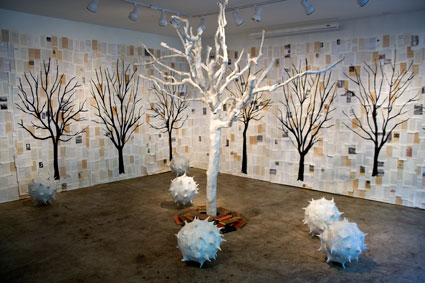
 Tom Prochaska, So Much To Do, Froelick Gallery
Tom Prochaska, So Much To Do, Froelick Gallery
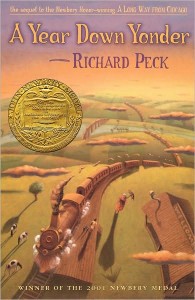 “Why didn’t you tell me a naked lady runs down the street with a giant snake?”
“Why didn’t you tell me a naked lady runs down the street with a giant snake?”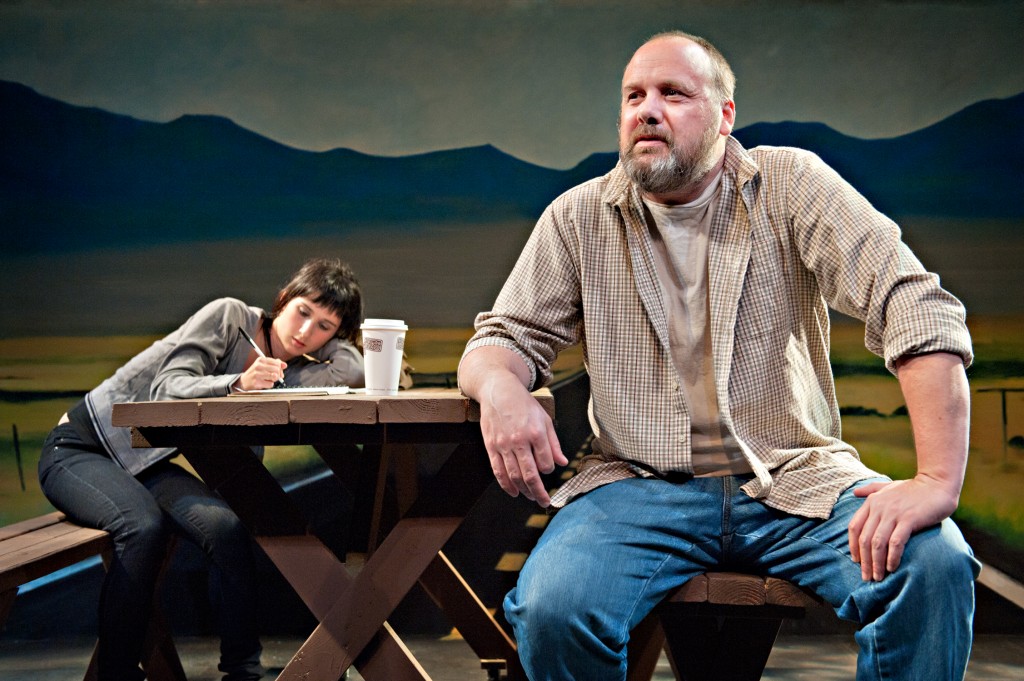
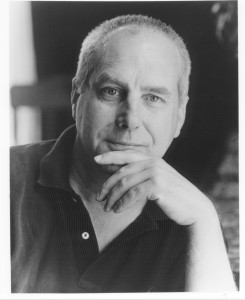 Besides being a homecoming of sorts — Blessing is a 1971 grad from Reed, where he directed and was directed by another high-profile theater alum,
Besides being a homecoming of sorts — Blessing is a 1971 grad from Reed, where he directed and was directed by another high-profile theater alum, 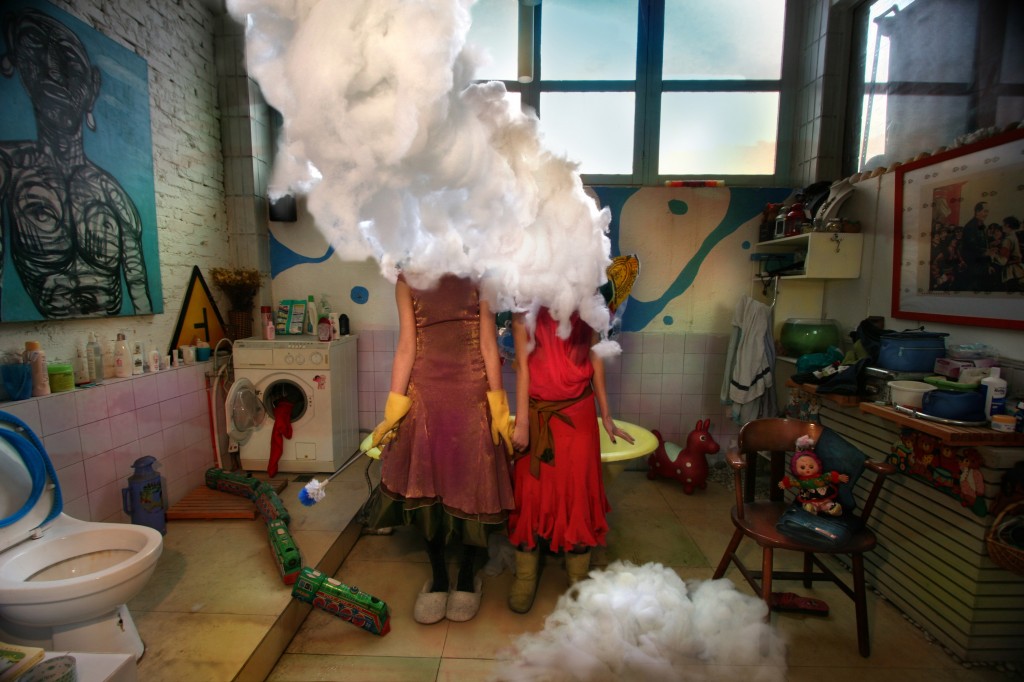
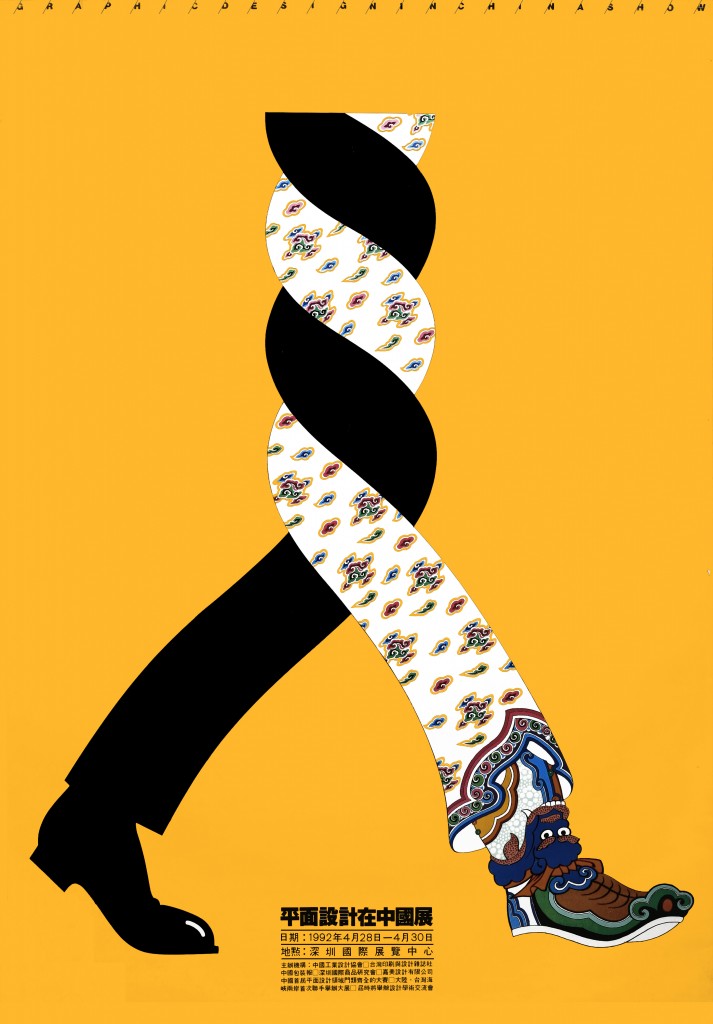 WORDSTOCK. Portland’s annual writers’ frenzy heads into its big weekend at the Oregon Convention Center with talks, workshops and publishers’ booths Saturday and Sunday. About a zillion Northwest writers will join such A-list types as James Ellroy and Sherman Alexie. Jeff Baker ran
WORDSTOCK. Portland’s annual writers’ frenzy heads into its big weekend at the Oregon Convention Center with talks, workshops and publishers’ booths Saturday and Sunday. About a zillion Northwest writers will join such A-list types as James Ellroy and Sherman Alexie. Jeff Baker ran 
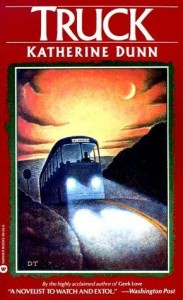 Also fast approaching for Portlanders is
Also fast approaching for Portlanders is 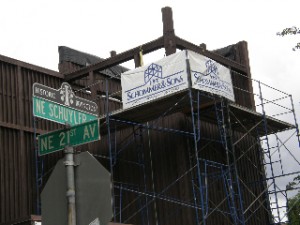 Sometime on Thursday the shorn-off
Sometime on Thursday the shorn-off  Lots and lots of good writers will be showing up: Glad, for instance, to see that
Lots and lots of good writers will be showing up: Glad, for instance, to see that 